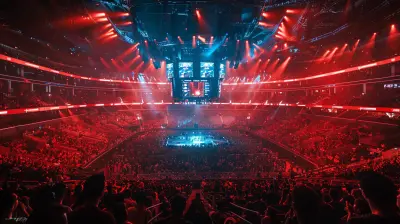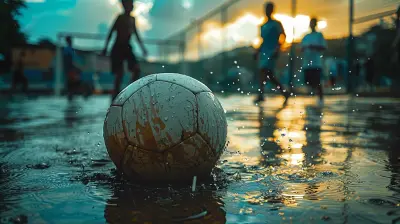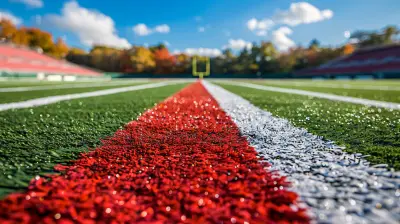The Role of Diversity and Inclusion in Youth Sports
26 September 2025
Let’s be honest — sports are more than just games. They’re a powerful gateway for learning some of life’s biggest lessons. Teamwork, resilience, discipline, and confidence — you name it, sports help kids build it. But here’s the thing: not every child gets the same shot at those lessons.
And that’s where diversity and inclusion come in. It’s more than just ticking a box or filling a quota. It’s about making sure every kid, no matter their background, ability, or identity, feels like they belong on the field, court, track, or wherever their passion lies.
So, let’s dive deep into why diversity and inclusion in youth sports aren't just “nice-to-haves” — they’re game-changers.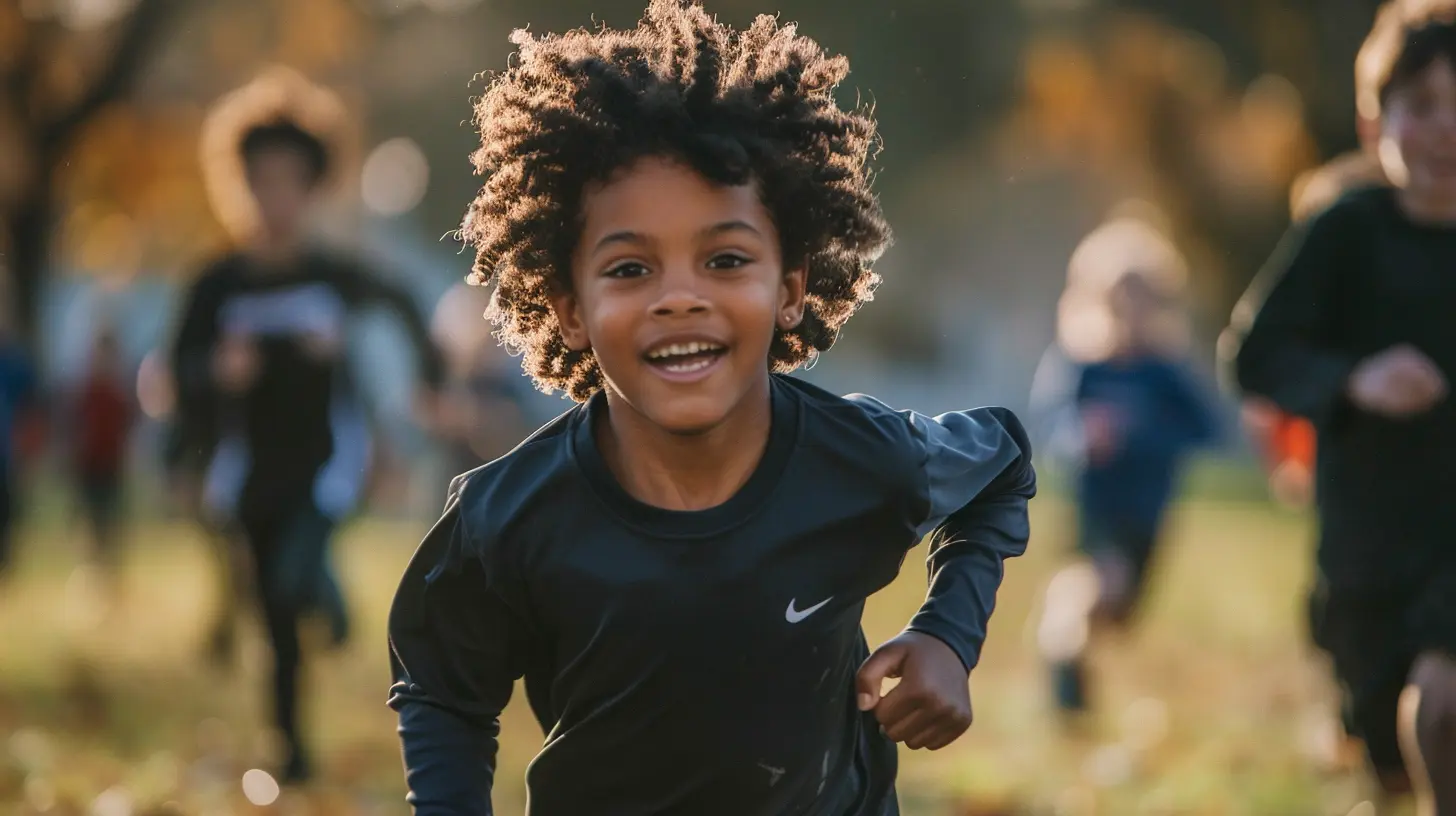
What Do We Mean By Diversity and Inclusion in Youth Sports?
Before we go any further, let’s break down what these terms actually mean, especially in the context of youth sports:- Diversity refers to the presence of differences in a given setting — race, gender, socioeconomic background, physical abilities, religion, sexual orientation, etc.
- Inclusion takes it a step further. It’s about creating an environment where all those differences are not only accepted but welcomed and valued. It means making sure every kid gets a fair shot, feels safe, and is encouraged to participate fully.
Here’s a simple analogy: diversity is being invited to play in a game, but inclusion is actually getting passed the ball.
Why Is Diversity and Inclusion So Crucial in Youth Sports?
1. Leveling the Playing Field
Not every child starts with the same resources. Wealthier families can often afford private coaching, equipment, and travel teams. Meanwhile, kids from underprivileged neighborhoods may not even have a local park with safe conditions. Diversity and inclusion initiatives aim to level that playing field just a bit more — whether that’s through community programs, scholarships, or outreach efforts.2. Boosting Team Performance
You’d think that getting the best athletes together leads to the best teams, right? Well, turns out that diverse teams often perform better. Different perspectives lead to unique strategies, problem-solving approaches, and more creative plays. The same principles apply in business, and yes — they work on the field too.3. Fostering Empathy and Social Skills
When kids play on teams with others who look, speak, or even think differently, they learn how to work together, communicate respectfully, and value a wide range of perspectives. It’s the perfect crash course in empathy — and that’s a skill that sticks with them well beyond the final whistle.4. Reducing Stereotypes and Prejudice
Ever heard someone say “girls aren’t as competitive as boys” or “kids with disabilities can’t handle sports”? Yeah… not cool. But you know what breaks down those harmful ideas? Seeing a diverse group of athletes playing side by side, proving them wrong every day. Inclusion helps rewire young minds by replacing stereotypes with real-life stories of courage, talent, and teamwork.
Real Barriers to Inclusion in Youth Sports
It’s not all sunshine and high-fives. Even with the best intentions, there are genuine barriers that prevent youth sports from being truly inclusive.1. Socioeconomic Disparities
Let’s face it — sports can be expensive. Equipment, uniforms, tournament fees, travel costs... it adds up fast. This puts a lot of lower-income families on the sidelines, literally.2. Physical and Developmental Disabilities
Despite progress, many youth leagues still aren’t set up to support kids with disabilities. Whether it’s access to adaptive equipment or coaches trained in inclusive practices, the gap remains.3. Gender Discrimination
Girls are still fighting for equal opportunities and recognition in many sports. And it’s even more challenging for transgender or non-binary youth, who often find themselves left out of the conversation altogether.4. Racial and Cultural Barriers
Subtle (and not-so-subtle) racism still exists in youth sports. Whether it’s biased coaching decisions, cultural misunderstandings, or lack of representation in leadership roles — these issues make it harder for kids of color to thrive.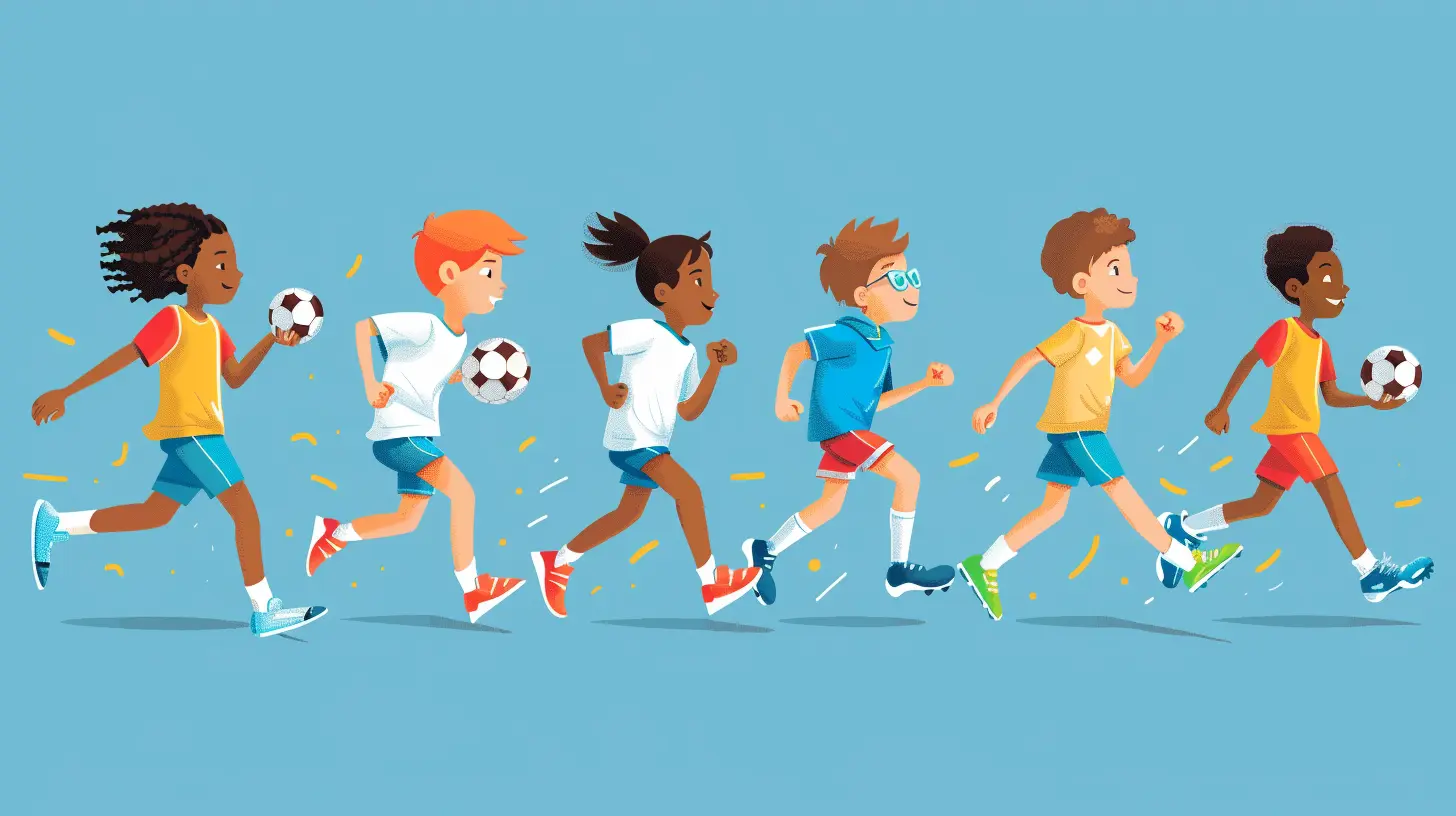
So, What Can We Do About It?
Here’s the good news: we’re not stuck. There’s a lot we can do to make youth sports more welcoming and equitable. And it starts with small, intentional changes.1. Educating Coaches and Volunteers
Not everyone is born knowing how to be inclusive — and that’s okay. But by offering training on bias, communication, and inclusive coaching practices, we can give the adults in charge the tools they need to lead diverse teams effectively.2. Making Sports Financially Accessible
Community-based programs, sliding scale fees, equipment donation drives — these all help ensure that money isn't the ultimate gatekeeper. Every kid deserves a chance to play, not just those with full wallets.3. Creating Safe Spaces for All Identities
Youth sports should be a place where kids feel comfortable being themselves. That means protecting LGBTQ+ athletes from discrimination, making sure girls have just as many opportunities, and making room for cultural differences in things like uniforms, celebrations, and dietary needs.4. Building Representation at All Levels
Representation matters. Kids need to see coaches, referees, and role models who look like them and understand their experiences. Diverse leadership isn’t just symbolic — it helps shape more inclusive policies and practices from the top down.5. Encouraging Dialogue and Accountability
It’s okay to admit when things aren’t working — in fact, it’s necessary. Creating space for honest conversations about race, gender, and inclusion is key to breaking down barriers and building stronger teams.The Impact of Inclusive Youth Sports
Let’s talk about the ripple effect. Inclusive youth sports don’t just help individual kids — they benefit entire communities.Better Mental Health Outcomes
When kids feel seen, respected, and included, their confidence skyrockets. They’re less likely to struggle with anxiety or depression and more likely to thrive academically and socially.Stronger Community Connections
When teams reflect the diversity of their communities, they bring people together. Parents from different backgrounds start cheering in unison. Stereotypes start to fade. That sense of unity? It’s powerful.A New Generation of Leaders
Today’s inclusive athletes are tomorrow’s inclusive leaders — in business, politics, education, and beyond. When they grow up knowing the power of teamwork across differences, they take that wisdom wherever they go.Stories That Inspire
Sometimes, you need real examples to truly understand how inclusion changes lives. Here are just a few:- The Special Olympics Unified Sports Program brings together athletes with and without intellectual disabilities, showing that when everyone plays, everyone wins.
- Girls on the Run empowers young girls through a curriculum that blends running with lessons about self-worth, friendship, and body positivity.
- Play Like a Champion Today partners with underserved Catholic schools to ensure kids of all races and income levels get access to sports and high-quality coaching.
These programs aren’t just making kids better athletes — they’re making the world a better place.
It All Starts With Us
Whether you’re a coach, parent, athlete, or just someone who cares — you’ve got a role to play. Inclusion doesn’t happen by accident. It takes effort, awareness, and a willingness to listen and learn.So, ask yourself:
- Are we creating fun, safe, supportive sports environments for all kids?
- Are we breaking down barriers or unknowingly building them?
- Are we celebrating every child’s uniqueness — and helping them see their value beyond just performance?
Because at the end of the day, sports are supposed to be the great unifier. And if we do it right, we can ensure that every single kid — from every background — gets the chance to kick the ball, shoot the basket, run the race, and feel like they belong.
Let’s build that kind of game. One where everyone not only gets to play — but where everyone gets to shine.
all images in this post were generated using AI tools
Category:
Youth SportsAuthor:

Uziel Franco
Discussion
rate this article
1 comments
Amira Young
Diversity and inclusion in youth sports are essential for fostering teamwork, empathy, and understanding among young athletes. Promoting a variety of backgrounds enriches the experience, helping kids develop crucial life skills and breaking down barriers, ultimately creating a more inclusive and positive sports culture.
October 5, 2025 at 3:42 AM

Uziel Franco
Thank you for highlighting the vital role diversity and inclusion play in youth sports. They not only enhance teamwork and empathy but also prepare young athletes for a more inclusive society.
